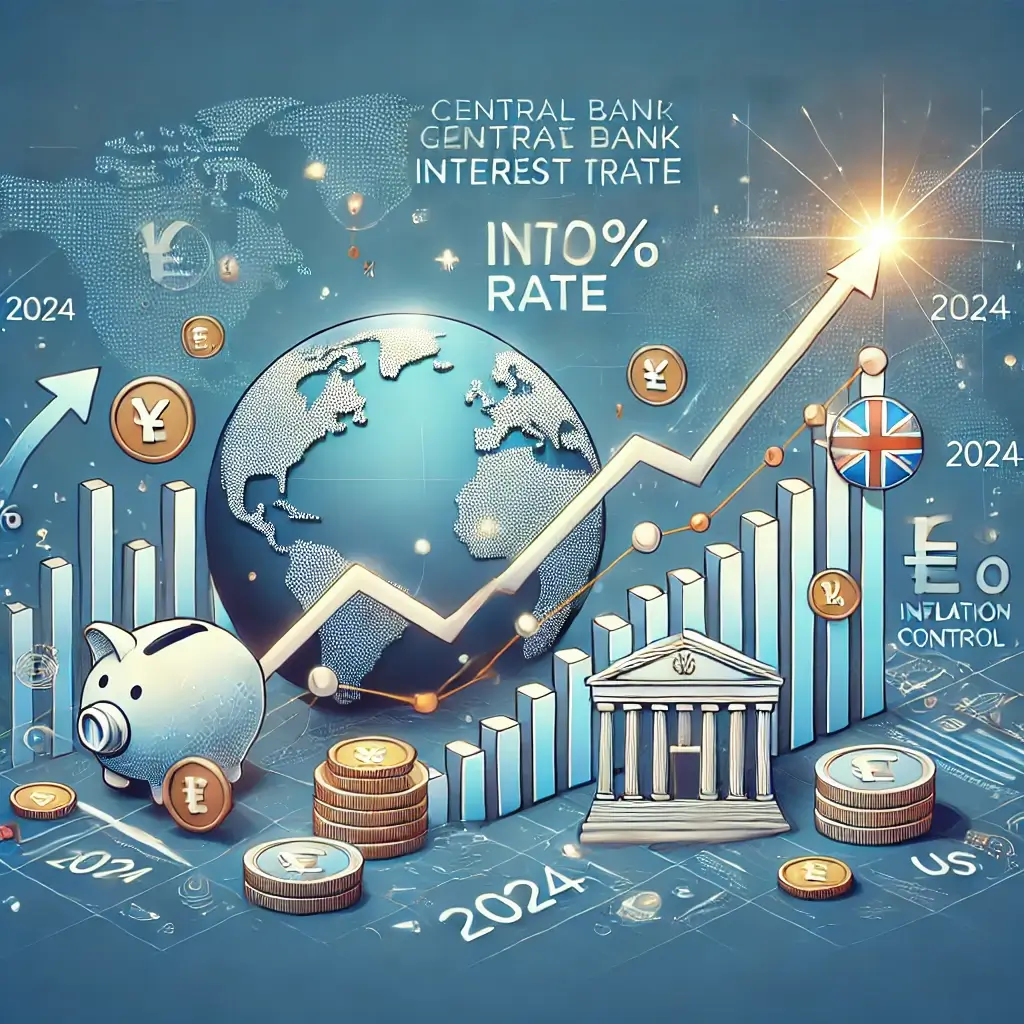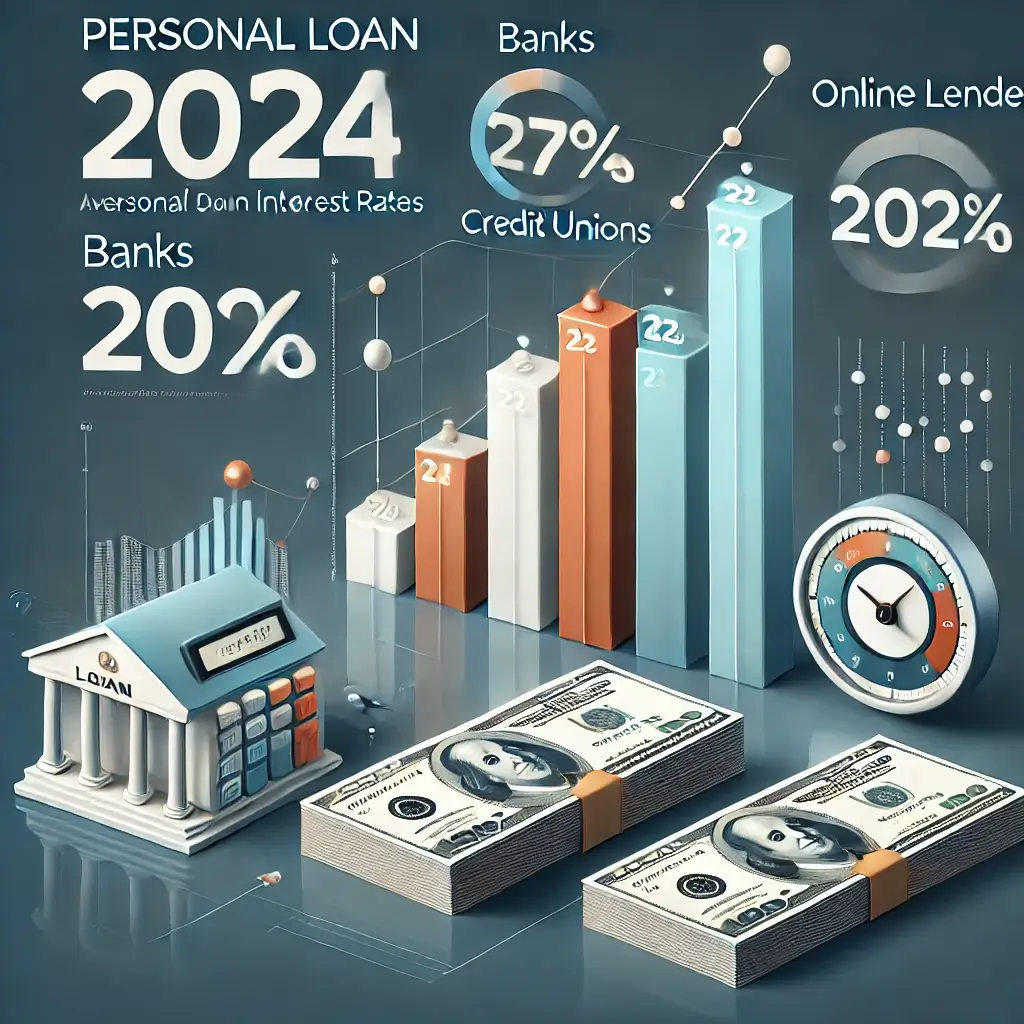
Personal Loan Rates: A Comprehensive Guide
Introduction to Personal Loan Rates Personal loan rates are a critical factor when choosing a loan. They determine the cost of borrowing and directly impact your monthly payments and total…
Tip: save now, read later.Introduction to Personal Loan Rates
Personal loan rates are a critical factor when choosing a loan. They determine the cost of borrowing and directly impact your monthly payments and total repayment amount. Understanding how these rates work can save you money and help you make informed financial decisions. However; it is also important to have an idea about all personal loan types.
In this guide, we’ll explore:
- What personal loan rates are.
- Factors influencing loan rates.
- How to compare rates effectively.
- Strategies to secure the best rates.
What Are Personal Loan Rates?
Personal loan rates refer to the interest charged by lenders on the amount you borrow. These rates can vary widely depending on the lender, your creditworthiness, and the type of loan.
Types of Personal Loan Rates:
- Fixed Rates: Remain constant throughout the loan term.
- Variable Rates: Fluctuate based on market interest rates.
Factors Influencing Personal Loan Rates
Several factors influence the rate you are offered, including:
1. Credit Score
Your credit score plays a pivotal role. Borrowers with higher credit scores typically receive lower rates.
| Credit Score Range | Rate Range (%) |
|---|---|
| 720–850 | 6%–10% |
| 690–719 | 10%–15% |
| 630–689 | 15%–25% |
| Below 630 | 25% or higher |
2. Debt-to-Income Ratio (DTI)
Lenders assess your DTI to evaluate your ability to repay. A lower DTI often leads to better rates.
3. Loan Term
Shorter loan terms generally have lower interest rates, while longer terms may offer higher rates but lower monthly payments.
4. Loan Amount
Smaller loan amounts may have higher rates due to administrative costs, whereas larger loans may offer better rates.
5. Type of Lender
Banks, credit unions, and online lenders offer varying rates. Credit unions often have lower rates for members.

Average Personal Loan Rates in 2024
Below is a table comparing average personal loan rates from different lenders in 2024:
| Lender Type | Average APR (%) | Loan Amount Range | Loan Term Range |
|---|---|---|---|
| Banks | 8%–12% | $5,000–$100,000 | 1–7 years |
| Credit Unions | 6%–9% | $500–$50,000 | 1–5 years |
| Online Lenders | 7%–20% | $1,000–$100,000 | 2–7 years |
| Peer-to-Peer Platforms | 6%–15% | $1,000–$40,000 | 1–5 years |
Note: Rates vary based on creditworthiness and market conditions.
How to Compare Personal Loan Rates
1. Annual Percentage Rate (APR)
APR includes both the interest rate and fees, providing a clearer picture of the total cost.
2. Monthly Payments
Use loan calculators to estimate your monthly payments based on the interest rate, loan term, and amount.
3. Prepayment Penalties
Check if the lender charges penalties for paying off the loan early.
4. Additional Fees
Look for origination fees, late payment fees, and other hidden costs.
Tips to Secure the Best Personal Loan Rates
1. Improve Your Credit Score
Pay bills on time, reduce existing debt, and check your credit report for errors.
2. Shop Around
Compare offers from multiple lenders. Use online marketplaces to streamline the process.
3. Choose a Shorter Loan Term
Opting for a shorter term may lead to lower rates and less overall interest paid.
4. Consider a Co-Signer
A creditworthy co-signer can help you qualify for lower rates.
5. Leverage Discounts
Some lenders offer discounts for autopay or loyalty programs.
Example Scenarios: Fixed vs. Variable Rates
| Loan Amount | Term | Fixed Rate (APR) | Variable Rate (APR) | Total Interest Paid |
|---|---|---|---|---|
| $10,000 | 3 years | 8% | 7%–12% | $1,200 (Fixed) / $900–$1,800 (Variable) |
Pros and Cons of Personal Loan Rates
Pros of Fixed Rates
- Predictable monthly payments.
- Easier budgeting.
Cons of Fixed Rates
- Higher initial rates compared to variable loans.
Pros of Variable Rates
- Potentially lower initial rates.
- Savings if market rates decrease.
Cons of Variable Rates
- Payments can increase unexpectedly.
How high will interest rates go in 2024?
Interest rates in 2024 have shown significant fluctuations due to global economic challenges. Central banks, such as the Bank of England and the Federal Reserve, have adjusted rates to manage inflation and economic growth. For instance, the Bank of England’s base rate peaked at 5.25% in mid-2024 before gradually reducing to 4.75% by November. In the United States, the Federal Reserve hinted at a pause or potential cuts in rates after peak hikes in 2023, aiming to stabilize the economy. Projections suggest rates might decrease slightly in late 2024, but unforeseen inflationary pressures could lead to further adjustments. Close monitoring of central bank decisions will provide more clarity. More details can be found in Money to the Masses.
Are Personal Loan Interest Rates Going Up?
Personal loan interest rates have seen an upward trend in recent months. In the U.S., the average rate for a three-year personal loan reached 14.27% in late 2024, reflecting the lingering effects of earlier Federal Reserve rate hikes. Although central banks have begun easing their policies, personal loan rates often lag behind, influenced by lenders’ operational costs and risk assessments. Similarly, in the UK, personal loan rates climbed to their highest levels in over a decade, with rates for a £10,000 loan exceeding 12%. These increases highlight the importance of creditworthiness and thorough loan comparisons for borrowers aiming to secure better terms. The reader is refereed to Forbes for deep information on the subject.
Frequently Asked Questions (FAQs)
1. What is the average personal loan rate for excellent credit?
Borrowers with excellent credit (720+) can expect rates between 6% and 10%.
2. How do I calculate my monthly payments?
Use this formula:
Payment=(Loan Amount×Rate)/(1−(1+Rate)^{−Term})
Or use an online loan calculator.
3. Can I negotiate personal loan rates?
Yes, especially if you have excellent credit or multiple offers.
Conclusion
Understanding and comparing personal loan rates is crucial for making informed borrowing decisions. Always consider factors like APR, fees, and loan terms. By shopping around and improving your financial profile, you can secure the best rates and save money.
